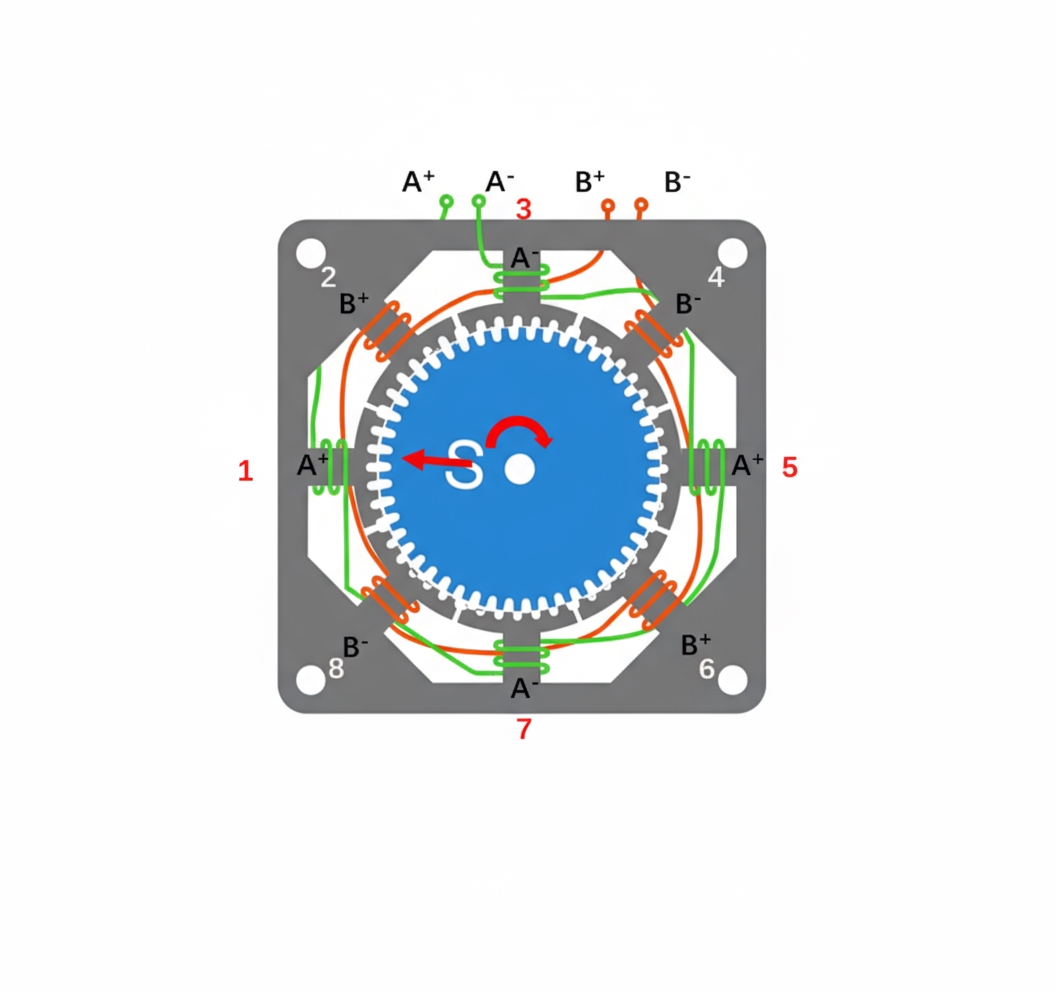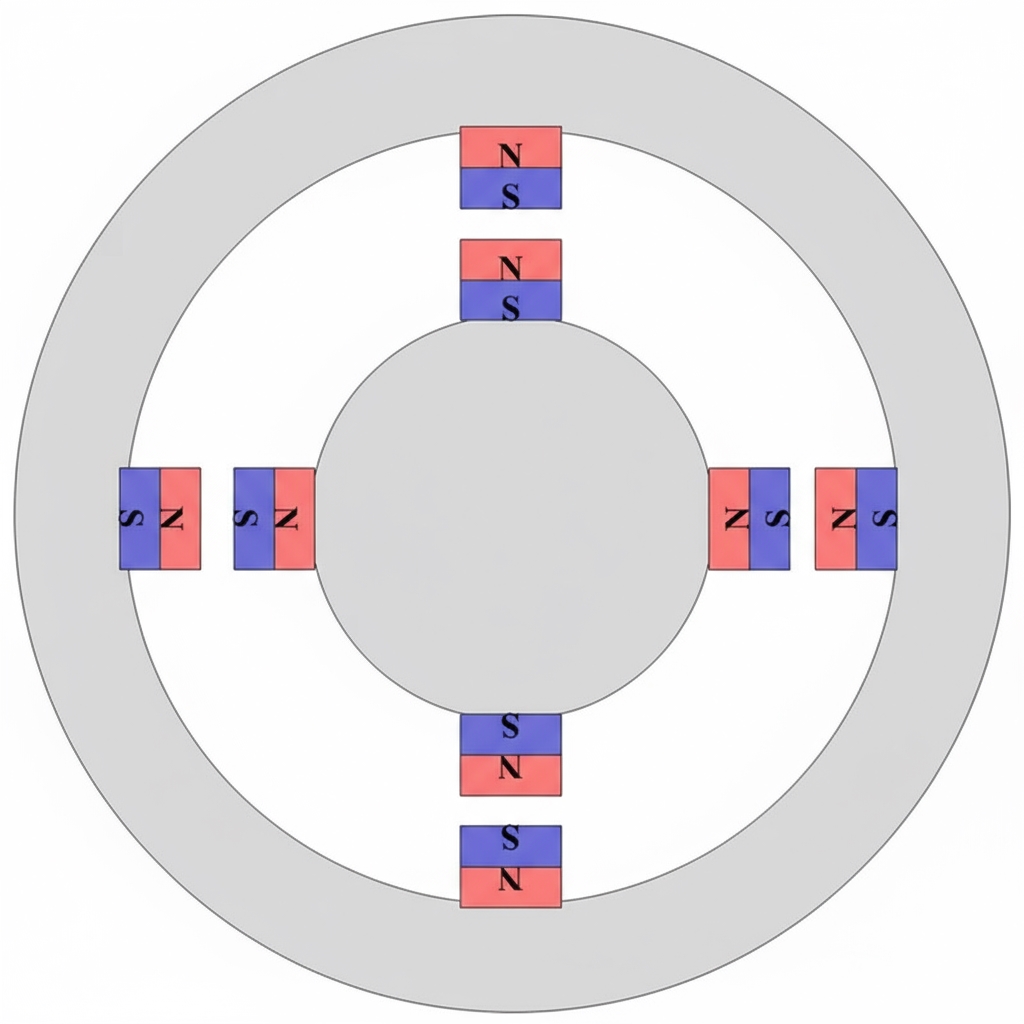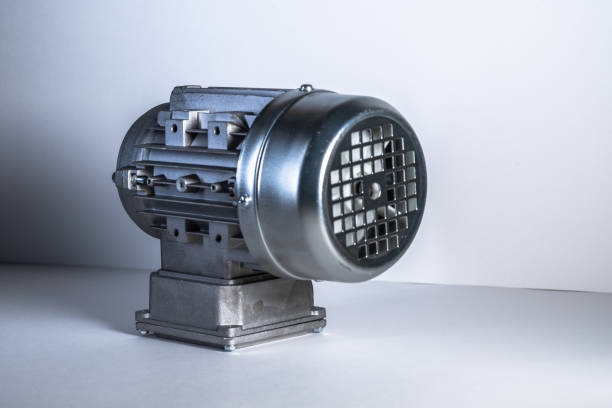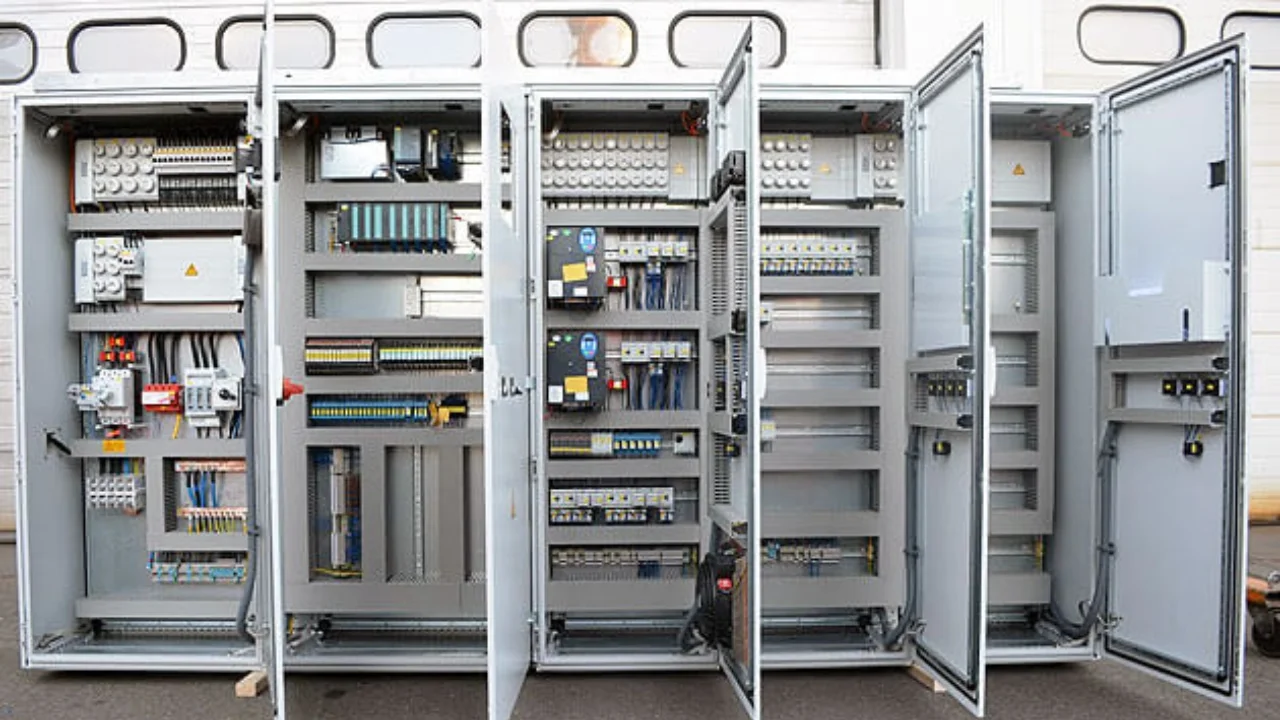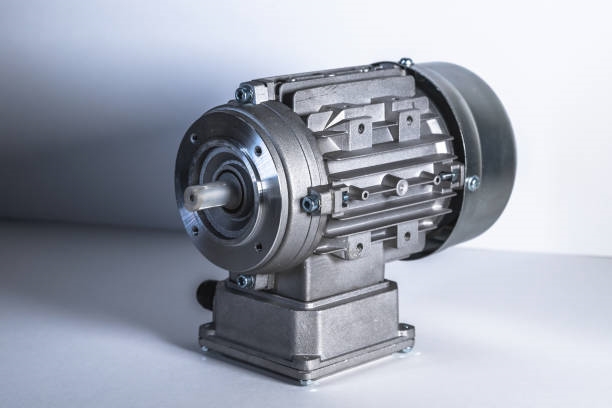1. How back EMF is generated
Back EMF, also called induced EMF, is produced when a conductor cuts magnetic flux lines.
In a permanent-magnet synchronous motor, the rotor is a permanent magnet and the stator has wound coils. When the rotor rotates, the magnetic field from the permanent magnet is cut by the stator coils, generating back EMF in the coils (opposite in direction to the terminal voltage U).
2. Relationship between back EMF and terminal voltage
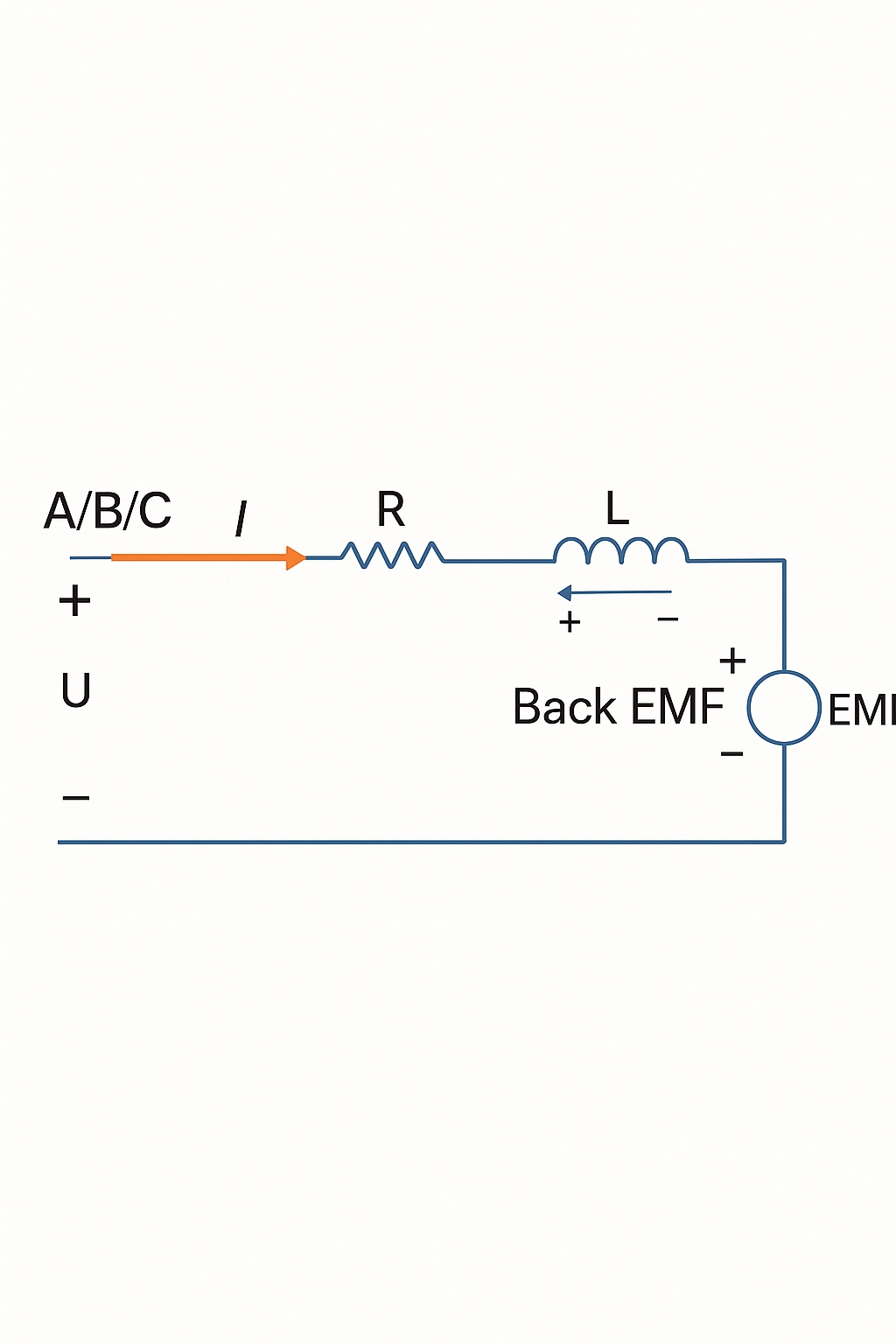
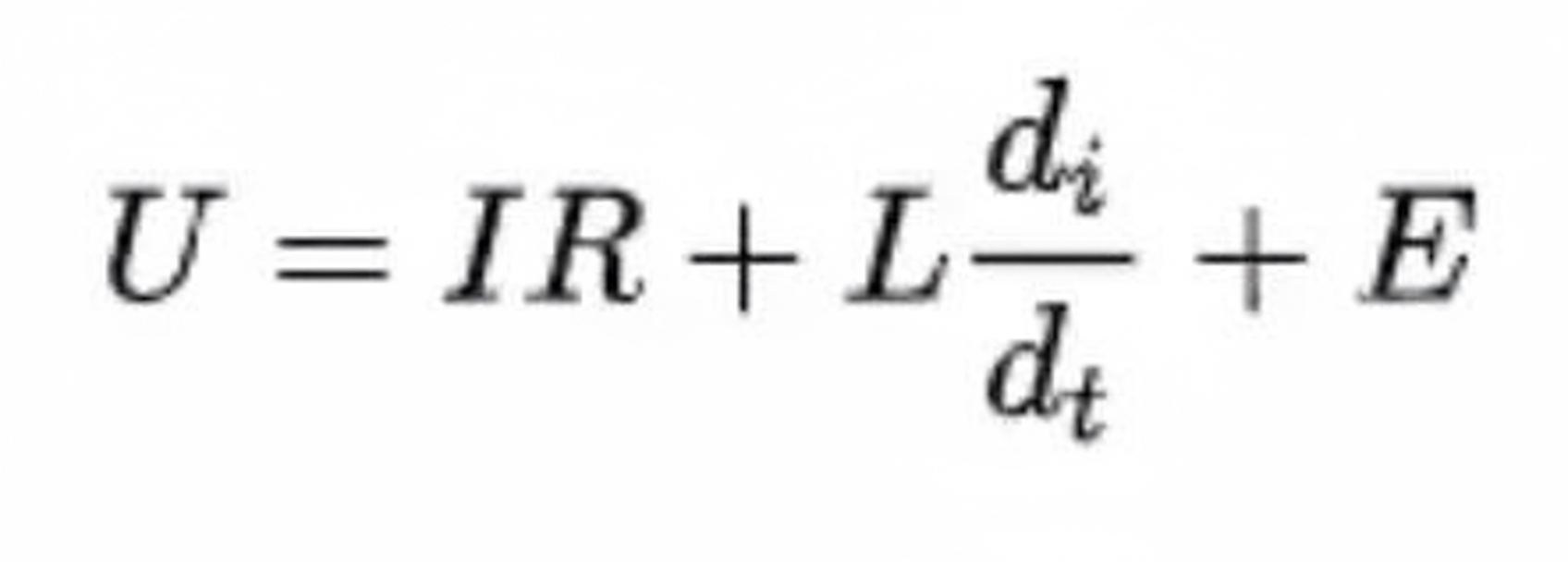
3. Physical significance of back EMF
Back EMF contributes to useful energy output and is inversely related to thermal losses, reflecting the conversion capability of the electrical machine.
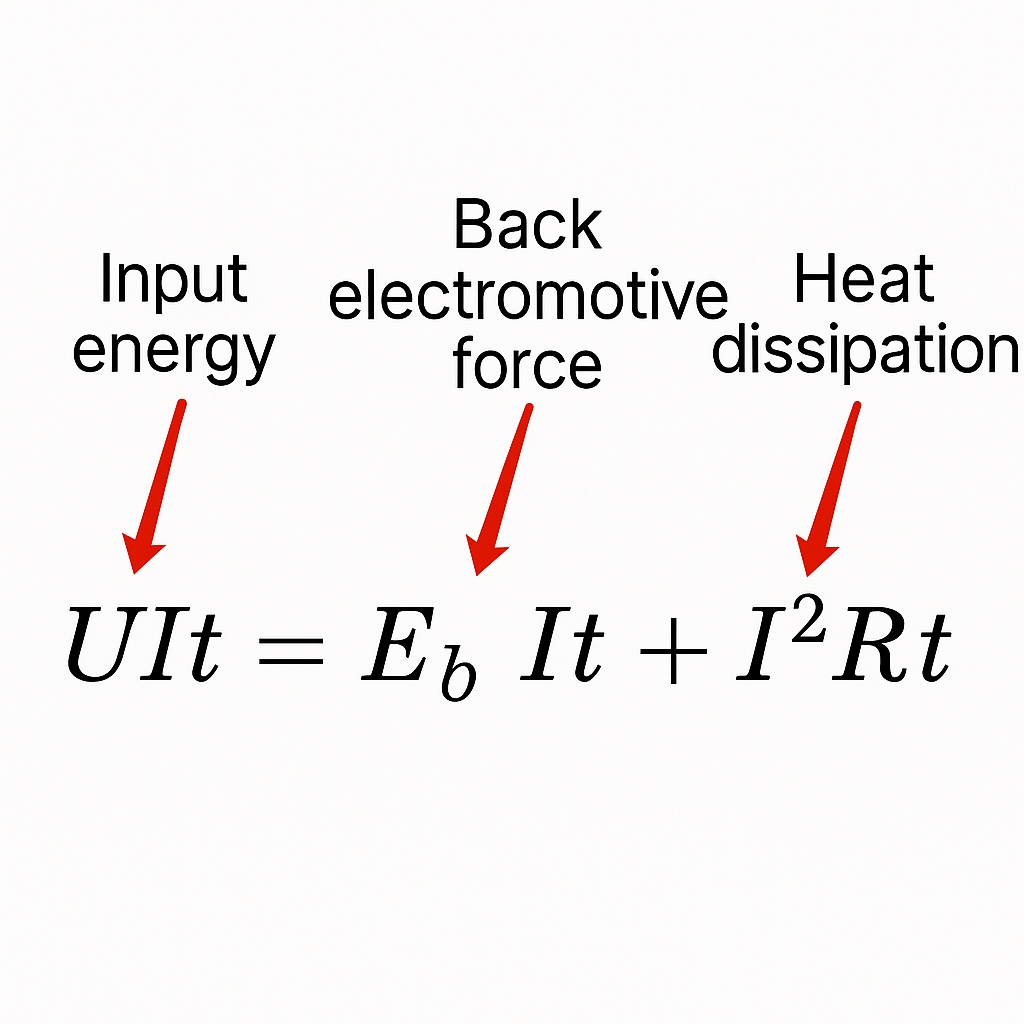
4. Magnitude of back EMF

Summary
- Back EMF equals the rate of change of magnetic flux linkage; higher speed increases the rate of change and thus increases back EMF.
- Flux linkage equals turns multiplied by per-turn flux linkage; more turns increase flux linkage and back EMF.
- Turns depend on the winding scheme: star or delta connection, turns per slot, number of phases, number of teeth, number of parallel paths, and whether full-pitch or short-pitch winding is used.
- Per-turn flux linkage equals magnetomotive force divided by magnetic reluctance; therefore, larger magnetomotive force or lower reluctance in the flux path increases back EMF.
- Magnetic reluctance depends on the air gap and pole-slot interactions; larger air gap increases reluctance and reduces back EMF. Pole-slot interactions are complex and require detailed analysis.
- Magnetomotive force is related to the magnet's remanence and effective area; higher remanence increases back EMF. Effective area depends on magnetization direction, dimensions, and placement, which need detailed analysis.
- Remanence depends on temperature; higher temperature reduces back EMF.
Overall, factors affecting back EMF include speed, turns per slot, number of phases, number of parallel paths, full-pitch vs short-pitch, motor magnetic circuit, air gap length, pole-slot interaction, magnet remanence, magnet placement and size, magnetization direction, and temperature.
 ALLPCB
ALLPCB


